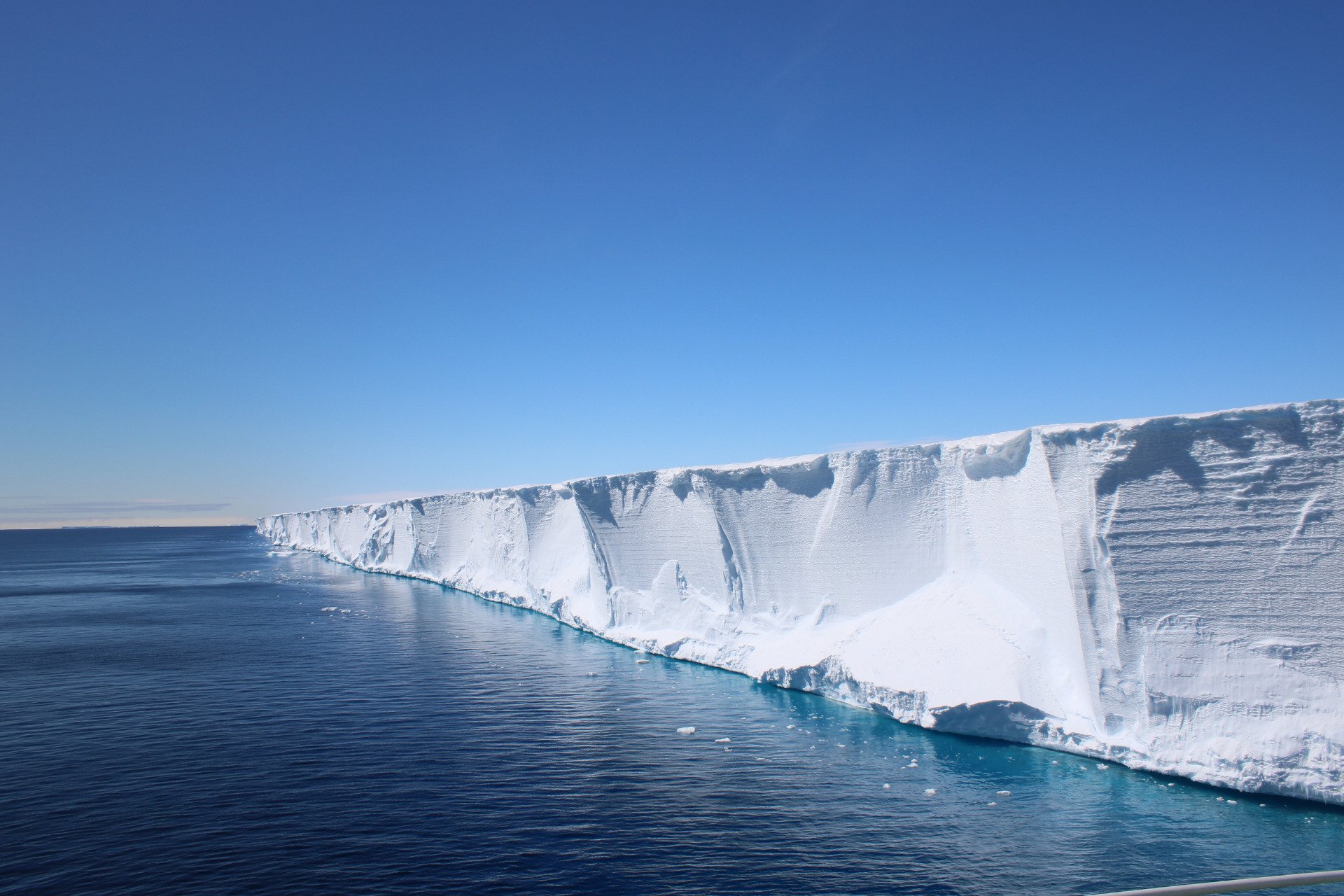Weddell Sea, Antarctica — More than a century after Sir Ernest Shackleton battled the brutal Antarctic seas, marine researchers have stumbled upon a discovery that is re-shaping scientists’ understanding of life beneath the Southern Ocean. While tracing the historical route of Endurance — Shackleton’s ship crushed by pack ice in 1915 — an international research team has documented hundreds of circular fish nests arranged across the seafloor in an intricate pattern never observed at such scale.
Operating from the South African polar research vessel SA Agulhas II, scientists deployed a remotely operated vehicle (ROV) to explore areas newly accessible after the retreat of a massive ice shelf. What they found nearly 2,000 feet down left them stunned: a sprawling neighborhood of fish nests belonging to the yellowfin notie, a rockcod species native to the frigid waters of Antarctica.
A Hidden Community in One of Earth’s Harshest Regions
These nests — shallow, bowl-shaped depressions in the sand — appear to stretch for thousands of square meters. Some are isolated, while others form sweeping curves, clusters, and geometric arcs. And despite the surrounding seabed being blanketed in decaying plankton, each nest remains meticulously clean, suggesting surprisingly meticulous parental behavior.
Researchers believe that adult fish actively guard their nests, cleaning debris and fending off opportunistic predators in near-freezing, pitch-black waters.
“This level of structured nesting behavior in such an extreme environment is astonishing,” the study notes.
A Balance of Cooperation and Self-Preservation
According to the research, published in Frontiers in Marine Science, the arrangement reflects a subtle interplay between group safety and individual instinct. Clusters provide collective defense — supporting a long-established theory called the selfish herd effect, which proposes that animals reduce predation risk by positioning themselves near others.
Fish located at the cluster’s edge face greater vulnerability, while those in the interior are comparatively safer. Researchers suspect solitary nests may belong to larger, more dominant fish, capable of defending themselves without communal support.
Following Shackleton’s Footsteps
The discovery took place during the Weddell Sea Expedition 2019, an ambitious program combining historical exploration with modern science. One of its primary goals was to locate the wreck of Endurance. Shackleton’s legendary expedition — and the crew’s improbable survival after the ship was crushed by ice — is often hailed as one of history’s greatest stories of resilience.
While ice conditions prevented the 2019 team from locating the wreck (which was eventually found in 2022), researchers unexpectedly encountered something equally captivating: evidence of thriving ecosystem engineering beneath Antarctic ice.
In the Shadow of Iceberg A68
The habitat was uncovered in areas previously sealed beneath the massive Larsen C Ice Shelf, which partially collapsed in 2017 when a 2,240-square-mile block calved off and formed the colossal A68 iceberg. For years, A68 drifted through the Southern Ocean, reshaping currents and granting scientists rare access to newly liberated seabed.
Using advanced underwater robotics, researchers navigated beneath the ice shelf’s former footprint, capturing high-resolution imagery and environmental data.
What they discovered indicates that the retreat of Antarctic ice — though alarming for global sea levels — may temporarily expose habitats that have remained undisturbed for centuries.
A Vulnerable, Biodiversity-Rich Habitat
The sheer scale of the nests suggests the Weddell Sea hosts one of the most significant breeding colonies ever documented in polar waters. Scientists warn that this hidden ecosystem could be threatened by:
- industrial fishing expansion
- warming ocean currents
- collapsing ice shelves
- increased human activity in the Southern Ocean
Multiple studies now support formally designating the area as a Marine Protected Area (MPA) under international law — a move that would restrict commercial exploitation and safeguard breeding grounds.
Climate Change Raises the Stakes
Antarctic ice shelves act as buffers, holding back massive glaciers. When ice shelves collapse, glaciers accelerate into the sea, directly contributing to global sea-level rise. The Larsen Ice Shelf has already experienced multiple large-scale breakups in recent decades, raising alarms across the climate science community.
The discovery of such a sensitive habitat complicates debates about how — or whether — human activity should expand in these newly accessible waters.
Life Finds a Way
Despite freezing temperatures, crushing water pressure, and near-perfect darkness, life not only survives in these conditions — it organizes, protects, and adapts. Researchers say the finding underscores just how little is known about deep polar ecosystems and how many discoveries may still lie hidden beneath shifting ice.
As Shackleton himself once wrote, “We are so often reminded that nature’s secrets are endless.” More than 100 years later, that sentiment remains profoundly true.

